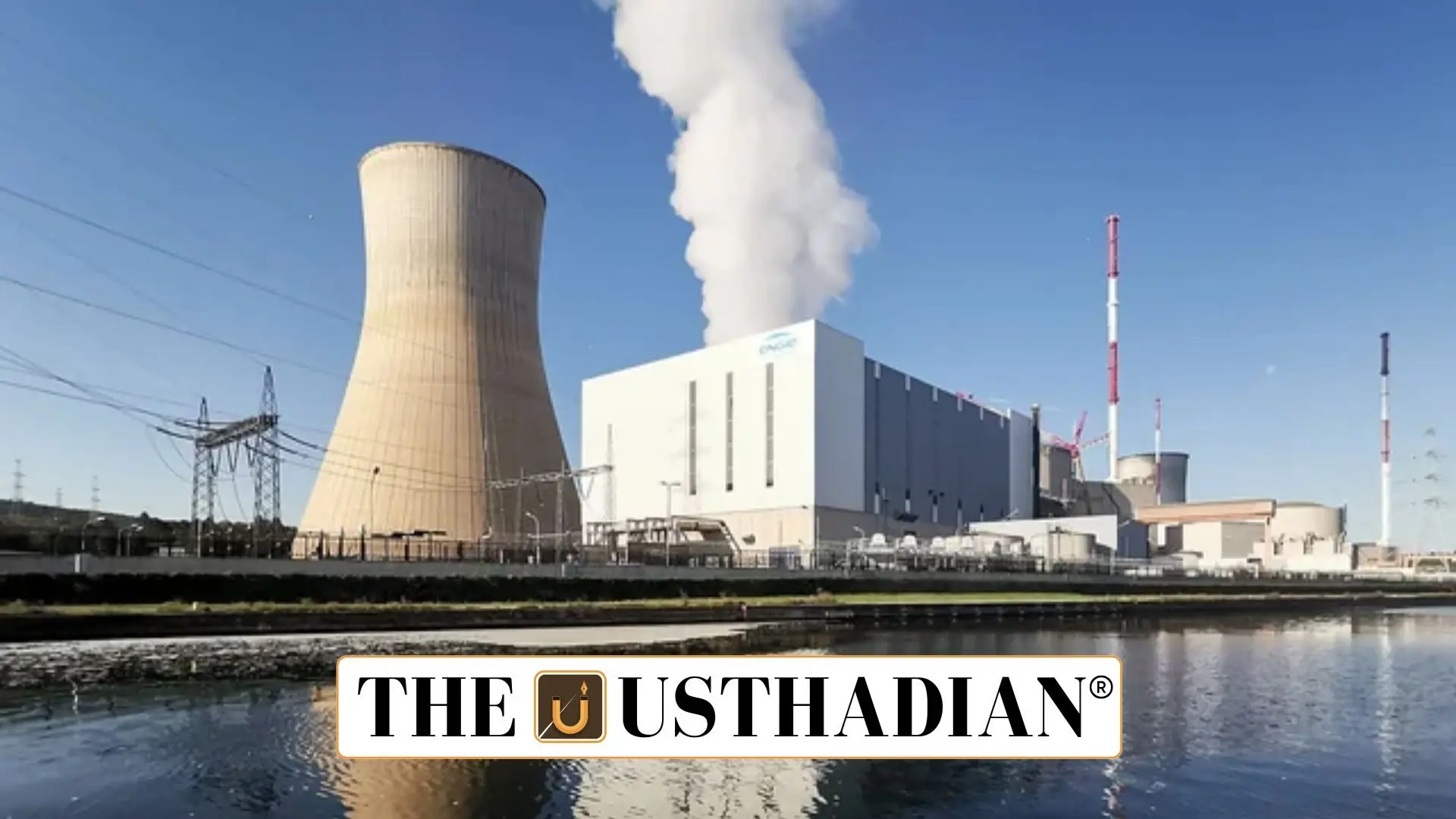Bihar takes a historic step
Bihar’s First Nuclear Power Plant Set to Transform State’s Energy Landscape: Bihar is moving towards a major energy milestone with the announcement of its first nuclear power plant. This step is not just about electricity—it’s a part of India’s broader Nuclear Energy Mission. Interestingly, the announcement comes close to the Bihar Assembly elections, adding a political angle to this developmental push.
Expanding nuclear power across India
The Nuclear Energy Mission was introduced to spread clean and steady power throughout India. The Union Budget 2025-26 has earmarked Rs 20,000 crore to kickstart this mission. A key goal is to set up at least one nuclear power plant in every state. With electricity needs rising, this shift is expected to help India secure its long-term energy needs.
What are Small Modular Reactors?
Bihar’s upcoming nuclear facility will use Small Modular Reactor (SMR) technology. Unlike traditional reactors, SMRs are compact and more adaptable. They are designed to be cost-effective, safe, and ideal for smaller power grids. This new-age technology is gaining attention for being reliable and easier to manage. Globally, countries like the US, Canada, and the UK are also investing in SMRs to meet clean energy goals.
What this means for Bihar?
For decades, Bihar has struggled with erratic power supply. Industries, households, and even hospitals have faced frequent electricity shortages. The new nuclear plant aims to fix that. With a stable and clean energy source, the state hopes to attract more industries and boost its economic development. This project could also create local employment and improve infrastructure.
Storage support with battery projects
In a major boost to Bihar’s energy ecosystem, the Centre has also greenlit a 1,000 MW battery storage facility. This will help maintain grid stability, especially when mixing nuclear power with solar and wind energy. The Centre will offer viability gap funding of Rs 18 lakh per MW, making the project more affordable for developers. Battery storage will ensure that excess power can be saved and used when needed.
Vision for the future
The government has charted a Power Vision 2035 that includes a mix of thermal, solar, wind, storage, and nuclear sources. The idea is to have a diversified energy portfolio to meet the increasing demands of the population. Bihar’s nuclear plant marks the beginning of this ambitious journey. Other states may soon follow, using both advanced technology and public-private partnerships.
Static Usthadian Current Affairs Table
| Topic | Detail |
| First nuclear power plant in Bihar | Approved in 2025 |
| Technology used | Small Modular Reactors (SMRs) |
| Budget allocated under Union Budget 2025-26 | Rs 20,000 crore |
| Battery storage project capacity | 1,000 MW |
| Viability gap funding | Rs 18 lakh per MW |
| Broader plan | Power Vision 2035 |
| SMRs global use | US, Canada, UK |
| Bihar’s earlier energy issues | Power shortages, weak industrial growth |
| Purpose of SMRs | Cost-effective, compact, grid-friendly reactors |
| Central goal | One nuclear plant in every state |








